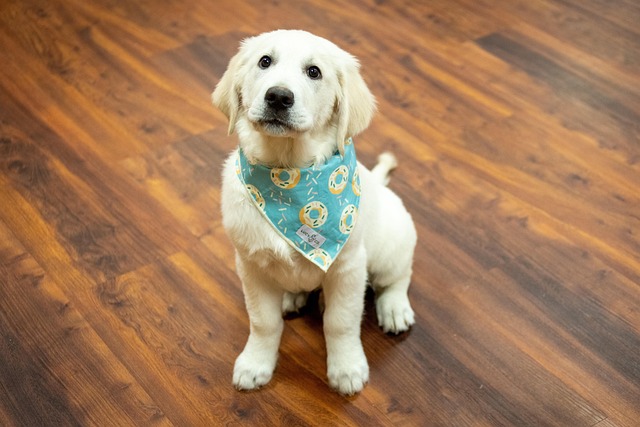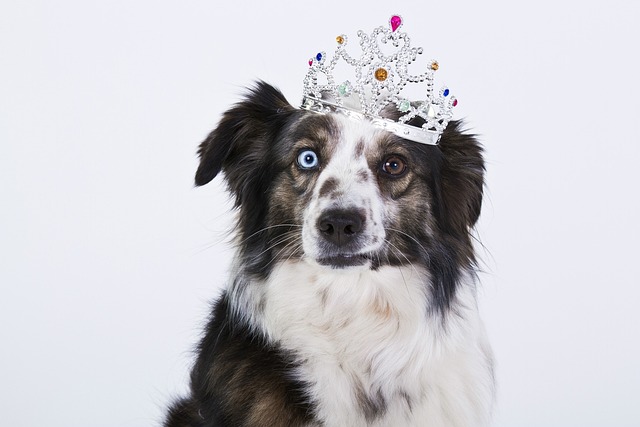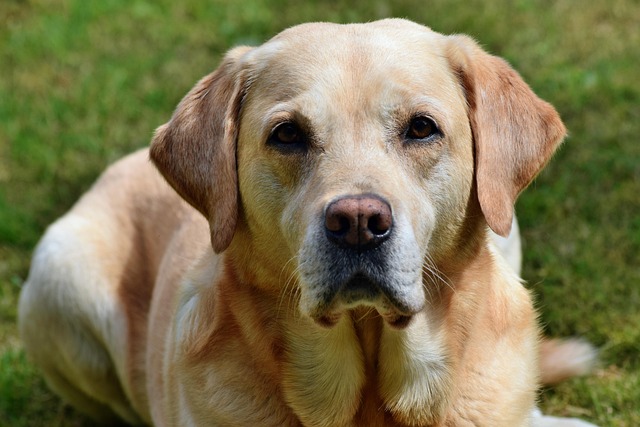Skin fold dermatitis creeps up quietly, often starting as a faint redness in the creases of your dog’s face, neck, or belly. Those warm, moist pockets between folds trap dirt, saliva, and even leftover food, creating the perfect breeding ground for bacteria and yeast. Before you know it, your pup might be scratching, rubbing their face on the carpet, or whimpering when you touch those sensitive areas.
Certain breeds are more prone—think Bulldogs with their squishy facial folds, Pugs with their wrinkled foreheads, or Shar-Peis with their distinctive loose skin. But any dog with folds can develop it, especially if they’re overweight, which creates deeper creases. Early signs are easy to miss: a slight odor, dampness, or tiny bumps that feel like sandpaper under your fingers.
Catching it early makes treatment far simpler. Start by gently cleaning the affected areas daily with a vet-recommended wipes or a mild, fragrance-free cleanser. Avoid using human products—things like baby wipes often contain ingredients that irritate a dog’s sensitive skin. Pat the folds dry thoroughly afterward; moisture is the enemy here, so even a little dampness can undo your efforts.
For mild cases, your vet might suggest a topical ointment or spray containing antibiotics or antifungal agents. Apply it sparingly, making sure to work it into the fold without rubbing too hard. Watch your dog closely afterward—some try to lick the medication off, which can make it ineffective or even cause stomach upset. An Elizabethan collar (the “cone of shame”) might be necessary for a few days, but it’s worth it to help them heal.
Severe cases need professional attention. If the skin looks raw, oozes pus, or your dog seems in pain, don’t delay a vet visit. They might prescribe oral antibiotics or stronger medicated shampoos. In rare instances, especially with deep, chronic infections, surgery to reduce excess skin folds could be recommended—though this is usually a last resort for extreme cases.
 Prevention is key, and it ties closely to responsible pet ownership. Regular grooming isn’t just about keeping your dog looking cute; it’s about their health. For fold-prone breeds, make cleaning part of your weekly routine, even if there’s no sign of irritation. Trim long hair around the folds to reduce trapped debris, but be careful with scissors—a small nick can turn into a big problem in those moist areas.
Prevention is key, and it ties closely to responsible pet ownership. Regular grooming isn’t just about keeping your dog looking cute; it’s about their health. For fold-prone breeds, make cleaning part of your weekly routine, even if there’s no sign of irritation. Trim long hair around the folds to reduce trapped debris, but be careful with scissors—a small nick can turn into a big problem in those moist areas.
Weight management plays a role too. Extra pounds stretch skin and deepen folds, making them harder to keep clean. Maintaining a healthy weight through portion control and regular exercise not only helps prevent dermatitis but also reduces strain on joints and lowers the risk of other health issues. Most local animal welfare groups offer free nutrition guides if you’re unsure about proper feeding amounts.
Be mindful of public spaces when your dog has an active infection. While skin fold dermatitis isn’t contagious to other animals or humans, open sores can pick up additional bacteria in dog parks or communal areas. It’s a kind gesture to keep them away from shared water bowls or high-traffic play zones until they’re fully healed. Plus, excessive scratching in public might draw unwanted attention—many communities have noise or nuisance ordinances, and a distressed dog can raise concerns.
Never ignore persistent symptoms. What starts as a small irritation can escalate into a painful condition that affects your dog’s quality of life. Dogs can’t tell us when something hurts, so it’s up to us to notice the subtle signs: decreased appetite, lethargy, or avoiding activities they usually love, like playing fetch or going for walks.
Your vet is your best ally here. They can differentiate between dermatitis and other skin conditions that look similar, like allergies or mange. Follow their instructions closely—skipping treatments or stopping early because your dog looks better often leads to recurrence, which is harder to treat the second time around.
Living with a dog prone to skin fold issues means staying vigilant, but it’s a small price to pay for their companionship. Those wrinkly faces and squishy folds are part of what makes them unique, after all. With consistent care, you can keep those folds healthy, ensuring your pup stays comfortable and happy for years to come.
And remember, a little prevention goes further than any treatment. Taking those extra minutes each day to check and clean those folds will save both you and your dog from unnecessary discomfort. Your pup depends on you to notice what they can’t say, and keeping their skin healthy is one of the most loving things you can do.

 Prevention is key, and it ties closely to responsible pet ownership. Regular grooming isn’t just about keeping your dog looking cute; it’s about their health. For fold-prone breeds, make cleaning part of your weekly routine, even if there’s no sign of irritation. Trim long hair around the folds to reduce trapped debris, but be careful with scissors—a small nick can turn into a big problem in those moist areas.
Prevention is key, and it ties closely to responsible pet ownership. Regular grooming isn’t just about keeping your dog looking cute; it’s about their health. For fold-prone breeds, make cleaning part of your weekly routine, even if there’s no sign of irritation. Trim long hair around the folds to reduce trapped debris, but be careful with scissors—a small nick can turn into a big problem in those moist areas.



